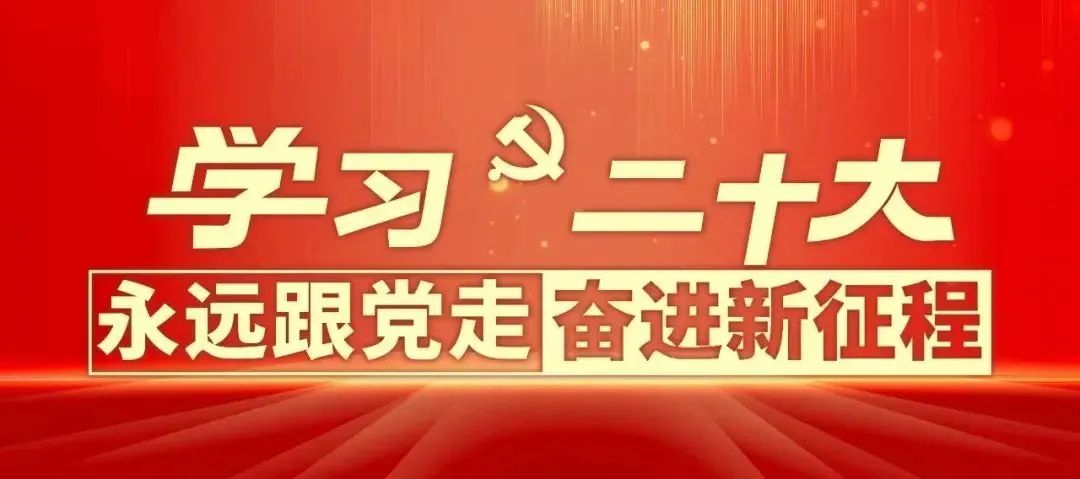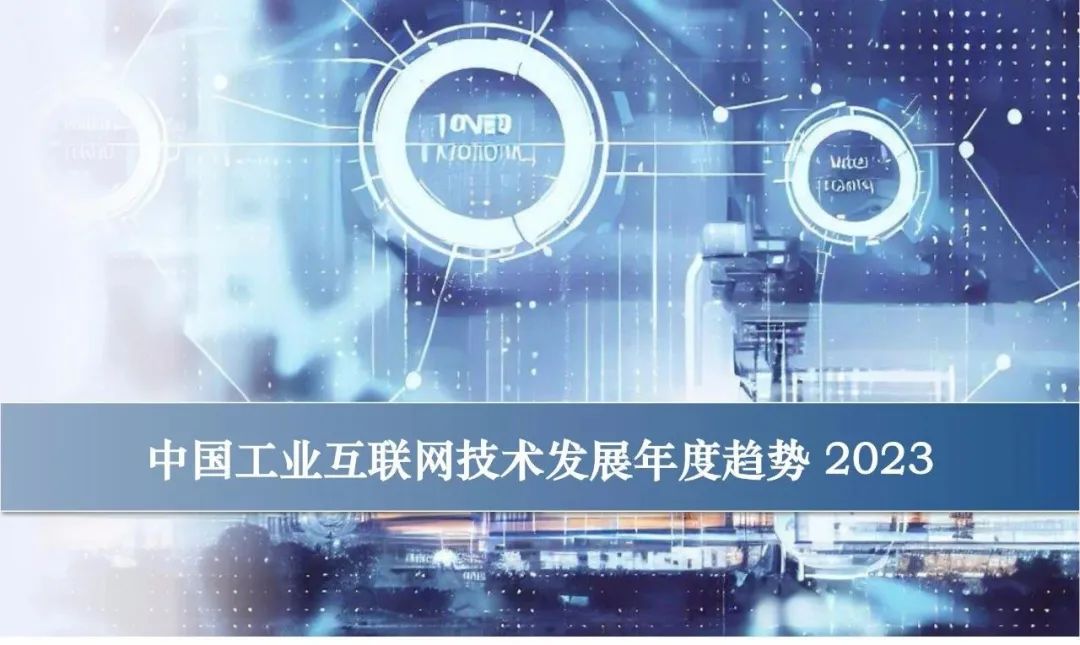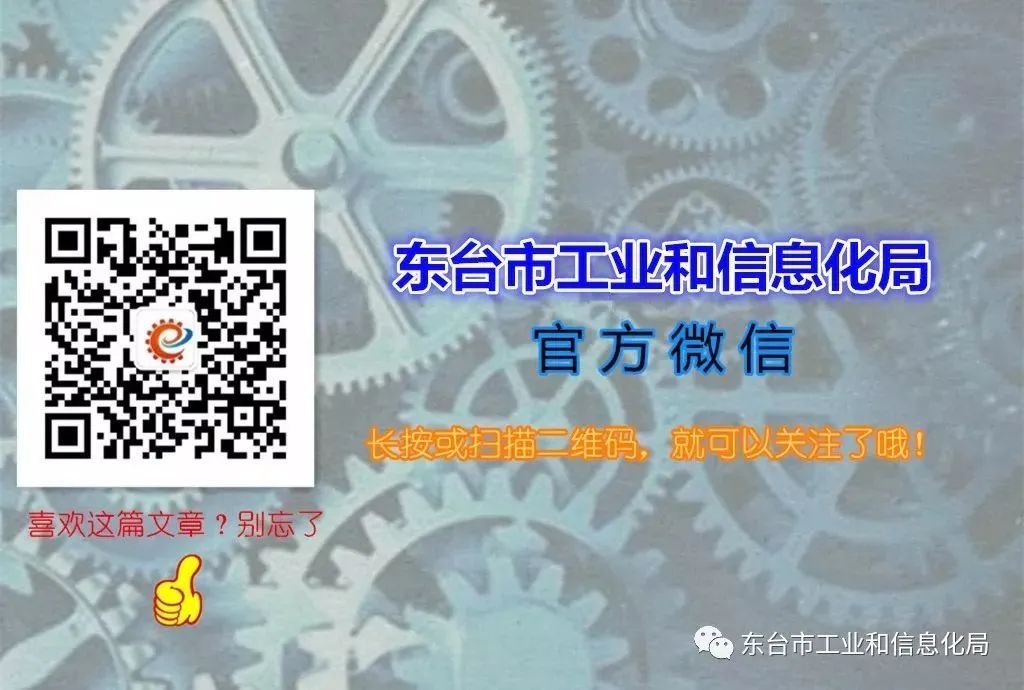

On July 25, at the 2023 Caos Digital Ecology Conference, the “Annual Trend White Paper on the Development of China’s Industrial Internet Technology (2023)” was released, providing an analysis of the top ten trends in the industrial internet sector, including edge computing, industrial mechanism models, industrial big data, and digital industrial operating systems.

Trend One: Edge Computing
Cloud-edge-end collaborative management and scheduling capabilities accelerate the implementation of digital applications in production environments
In 2023, cloud architecture has become more complex, with distributed clouds, cloud-edge collaboration, edge autonomy, and edge-edge collaboration continuously iterating. Breakthroughs in cloud-edge-end collaborative management and scheduling capabilities will help industrial enterprises effectively navigate the complexity of cloud architecture, thereby fully utilizing its advanced features, and rapidly expanding the scope and effectiveness of edge-side applications, mainly presenting trends in the following aspects:
First, effective management of the surging edge-side resources by enterprises.The ratio of resources such as devices, computing power, and data on the edge side will rise rapidly. For example, due to security and efficiency considerations, more than 50% of data in the future digital industry will be generated on the edge side, along with a large number of application services deployed at the edge, which requires enterprises to manage and utilize these resources effectively. Second, empowering enterprises to achieve collaborative scheduling of cloud-edge-end resources. With the maturity of integrated cloud-edge-end operating systems, enterprises will tend to manage and schedule cloud-edge-end resources through a unified platform system. In industrial scenarios, industrial operating systems and industrial brains will become the unified platform for collaborative scheduling, and edge computing integrated machines will become a new carrier for deploying digital applications.
Trend Two: Computer Vision
Upgrading industrial-grade scene demands drives computer vision technology towards high precision and standardization
Computer vision is the most mature application of artificial intelligence in the industrial field. In 2023, with the enhancement of the breadth and depth of application scenarios, more potential value scenarios will be discovered. This drives computer vision technology capabilities to continue to develop towards high precision and standardization.
First, high-precision computer vision technology is developing in depth.Hyperspectral machine vision perception technology is becoming widespread, optimizing visual algorithms, computing power deployment, and integrating with knowledge graphs and other technologies, driving computer vision to develop towards high precision. In 2023, many new scenario landing opportunities will arise in smart healthcare, aerospace, and high-precision product quality inspection.
Second, standardization packaging of computer vision technology.Leading manufacturers provide open APIs and packaged SDKs in an easy-to-use and integrative manner for small and medium enterprises, lowering the threshold for large-scale development and use of technology, and nurturing new commercial models. In this process, standardization aims to establish a good cyclical iterative ecology, promoting algorithm and sample sharing, allowing algorithms to have researchable experimental data, while difficult samples can be passed to more professional algorithm teams for resolution.
Trend Three: Extended Reality Interaction
The value of extended reality interaction technology entrances is highlighted, opening diverse scenarios for industrial digitization
Extended reality interaction technology (XR) is a combination of virtual reality, augmented reality, and mixed reality technologies, creating an environment that combines real and virtual through computer technology and wearable devices, providing a more intuitive and immersive experience. Extended reality interaction technology can integrate the virtual and real worlds in various combinations for industrial enterprises in product design, manufacturing, quality inspection, equipment maintenance, and remote collaboration, providing more three-dimensional solutions for industrial manufacturing operation modes.
In 2023, although the deep application of extended reality interaction technology is still in its early stages, its entrance value for industrial enterprises’ digital transformation and technology application will be further highlighted. First, the industrial production scene entrance achieves comprehensive visualization, simulation, and optimization of the industrial production process, improving efficiency and quality in design, manufacturing, inspection, and maintenance. Second, the industrial training and education entrance provides high-quality training and educational experiences for employees and partners based on realistic simulation scenarios. Third, the product service usage entrance allows customers to preview and customize products in a virtual environment, driving product sales.
Trend Four: Industrial Knowledge Graphs
Industrial knowledge graph technology drives the integration of knowledge throughout the product lifecycle
A knowledge graph is a method of knowledge representation based on semantic web technology, abstracting and modeling elements such as entities, attributes, and relationships to form a graph structure with semantic expression capabilities. In the industrial field, knowledge graphs can model knowledge in the industrial domain, forming a graph structure with semantic expression capabilities, thus enabling the storage, management, reasoning, and application of industrial knowledge. Industrial knowledge graphs drive the integration of knowledge throughout the entire lifecycle, with multi-link, AI-driven, and security being three key trend keywords.
First, industrial knowledge graph technology rapidly penetrates multiple links in the industrial production chain. It helps enterprises integrate and utilize various professional knowledge related to production data, equipment data, quality data, etc., providing decision support for production optimization and quality control; Second, artificial intelligence accelerates the implementation of industrial knowledge graphs. Knowledge graphs can provide cognitive and understanding capabilities for AI, and AI is also accelerating the construction of knowledge graphs for enterprises, including acquiring various literature, patent information, technical standards, etc., while automating the processing of various equipment information, process parameters, quality data, and other professional knowledge; Third, applications of industrial knowledge graph technology will pay more attention to data quality and data security. With the domestic regulatory and policy optimization in data security, industrial enterprises will pay more attention to data quality and security issues and propose more effective solutions.
Trend Five: Industrial Mechanism Models
Injecting industrial knowledge into general large models fosters the implementation of industrial large models
The technology of industrial mechanism models refers to the use of artificial intelligence technology, especially general large model technology, to construct industrial mechanism models with massive parameters, strong generalization capabilities, and cross-domain adaptability. The main goal of industrial mechanism model technology is to integrate specialized knowledge and experience in the industrial field into general large models through knowledge injection, fostering the emergence of industrial mechanism large models with industrial characteristics.
2023 is the year when artificial intelligence general large models enter a “phenomenal” growth and large-scale application. For industrial enterprises, integrating industrial mechanisms with general large models through knowledge injection will become a key trend in the next 1-2 years. Through knowledge injection, industrial large models with industrial mechanisms will gain strong vertical industry implementation capabilities, helping industrial enterprises achieve richer business benefits.
First, handling more types of industrial data. For example, text, images, videos, sounds, sensor data, and other multimodal data; Second, processing data across industrial fields and specialties. For example, machinery, electricity, chemicals, materials, etc.; Third, executing various industrial scenarios and tasks. For example, fault diagnosis, quality inspection, process optimization, production scheduling, product design, etc.; Fourth, providing robust and interpretable results. Providing reasoning processes, evidence support, confidence assessments, etc., for industrial cognition and decision conclusions.
Trend Six: Green Manufacturing
Carbon footprint and carbon reduction technologies become key breakthroughs driving green manufacturing
Green manufacturing is a modern manufacturing model that comprehensively considers environmental impacts and resource consumption, aiming to minimize the negative impact on the environment throughout the entire product production cycle from design to recycling, while maximizing resource utilization, optimizing the economic, social, and production benefits of enterprises. Carbon footprint and carbon reduction technologies are the key technological combinations for achieving green manufacturing. The carbon footprint refers to the amount of greenhouse gas emissions directly or indirectly produced by an organization, product, or service throughout its lifecycle; carbon reduction technologies are those that can reduce carbon emissions or increase carbon sinks, such as industrial carbon capture and storage, atmospheric carbon negative emissions, etc.
Green low-carbon is a new dimension for the transformation and development of the manufacturing industry. In 2023, the dual carbon technology stack will support the gradual implementation of green manufacturing models in industries such as power generation, steel, chemicals, and building materials, where carbon footprint and carbon reduction are at the core of technological positions, bringing many trend changes: First, carbon emission quantification technology, constructs the intrinsic logical relationship between industrial production and carbon emissions through process mechanisms and high-quality data, and with the continuous improvement of carbon emission accounting capabilities, enterprises will find effective ways to measure carbon assets. Second, the spatiotemporal perspective of carbon emissions focuses on carbon emission accounting throughout the entire product lifecycle (temporal characteristics) and carbon neutrality across the entire supply chain of the manufacturing industry (spatial characteristics) as development directions. Third, the green transformation of industrial energy will become genuinely relevant to enterprise operational indicators based on effective measurement and pricing of carbon assets, as well as the gradual implementation of carbon markets, thus promoting enterprises to actively advance the green process of energy. Fourth, energy internet, enterprises will utilize virtual power plants and integrated energy systems to manage and schedule various clean energy and energy networks, achieving optimal global ROI, with technology implementation moving from building-level to park-level.
Trend Seven: Industrial Big Data
The release of artificial intelligence value further accelerates the data infrastructure process of industrial enterprises
Big data technology encompasses data collection, storage, management, analysis and mining, visualization, and other technologies, helping enterprises accumulate vast, multi-dimensional, high-growth, and diverse information assets. This enables them to utilize intelligent technologies for insights, self-optimization, forecasting, and decision-making capabilities. Industrial big data technology discovers new knowledge patterns in the massive, complex data generated by industrial IoT and industrial interconnectivity, providing valuable insights that drive data-driven product service innovation, operational efficiency improvements, and business model expansion for manufacturing enterprises.
In 2023, the breakthrough advancements in artificial intelligence have led the industry to focus on the industrial application of large models, with industrial big data becoming a key support for industrial enterprises to build AI-usable data systems and create industrial large models. For enterprises leading the intelligent transformation, the enormous potential value of industrial big data will attract them to continue increasing IT investments in the coming years, leading to some trend changes:
First, lifecycle management of data is being practiced more rapidly, the high complexity of industrial big data is a challenge for traditional data technologies applied to industry, while AI technologies excel at processing complex yet structured data, thus the concept of lifecycle data management will be implemented by more enterprises. Second, the advanced application of big data technology is accelerating implementation, with advanced applications of data technologies accelerating, such as lake-warehouse integration, batch-stream integration in data processing stages, and advanced analytical techniques like algorithm models, intelligent tagging, knowledge graphs, and visualization in data analysis stages.
Trend Eight: Next-Generation Artificial Intelligence
Collective intelligence becomes the next breakthrough direction for AI applications in the industrial field
Collective intelligence technology simulates the behavior of biological groups in nature, characterized by decentralization, high intelligence, and strong flexibility, enabling the completion of many complex tasks without central control and with limited awareness of the global environment. Collective intelligence in the industrial field refers to the use of multiple intelligent devices or systems (e.g., robots, sensors) to collaboratively complete complex tasks or solve complex problems in industrial production and management through distributed, decentralized, and self-organizing methods.
In 2023, collective intelligence technology will be discussed more in the industry and will begin to integrate into the technological breakthroughs in the digital transformation of manufacturing. Supported by various technology stacks such as large language models, edge computing, IoT, and knowledge graphs, the foundation for the development of collective intelligence technology has matured, and the technology will gradually move out of the laboratory. In terms of technological breakthroughs, the focus of collective intelligence technology exploration will be on distributed collaborative computing among multiple intelligent devices or systems at the edge nodes. Specifically, utilizing edge-side computing clusters to enhance the real-time, flexibility, and robustness of distributed collective intelligence, reducing dependence on central nodes and the cloud, such as: industrial robot clusters utilizing edge computing for real-time collaborative control, fault detection, and self-repair tasks; device sensor clusters utilizing edge computing for real-time data fusion, compression, and analysis tasks. These are all trend scenarios for the implementation of collective intelligence.
Trend Nine: Industrial Digital Twin
Industrial digital twin technology promotes the large-scale application of digital technology in manufacturing
The essence of digital twin technology is to create a virtual model corresponding to physical objects or systems on a digital information platform – the “digital twin body,” which can receive data collected by sensors on physical objects or systems in real-time or near-real-time, and perform dynamic simulation and analysis, outputting decision data. Industrial digital twin technology is one of the core technologies of the industrial internet, enabling the construction of accurate models of physical objects in digital space and using real-time data to drive model operations, achieving bidirectional mapping and interaction between digital space and the physical world, thus providing the environment and capabilities needed for comprehensive decision-making in industrial enterprises.
Based on the industrial digital twin foundation, enterprises can effectively construct industrial simulation systems, thereby conducting large-scale experiments of various digital technologies in the system, promoting the large-scale application of technologies. It is expected that in 2023, industrial digital twin technology will continue to develop deeply, significantly enhancing the usability of industrial digital twin systems in complex operational environments, thus supporting the large-scale implementation of digital technologies. First, digital twin body construction technology will expand from simulating specific scenarios to simulating complex systems with the support of industrial big data, achieving digital modeling of complex systems such as entire production processes, supply chain networks, and product lifecycles. Second, digital twin interaction technology emphasizes timely feedback of optimization results from digital space to the physical world, achieving expected economic benefits. It promotes more real-time bidirectional mapping between digital space and the physical world, significantly enhancing the intelligent collaborative level of physical objects. Third, digital twins support business innovation. Improving monitoring to enhance factory operational cost structures, predicting and analyzing based on industrial simulation environments, and developing products with competitive research and differentiated designs.
Trend Ten: Industrial Operating Systems
Digital industrial operating systems bring autonomy and openness to the digital transformation of the manufacturing industry
The digital industrial operating system is a digital industrial intelligent infrastructure based on new generation information technologies such as IoT, cloud computing, big data, and artificial intelligence, enabling comprehensive perception, analysis, optimization, and control of various aspects such as industrial equipment, process flows, production data, and operational management. As the technological foundation for the digital transformation of industrial enterprises, the digital industrial operating system serves as an industrial production management platform, a resource platform for connecting industrial elements to achieve global optimal scheduling, an intelligent platform for accumulating industrial data and achieving high-value transformation of large models, and a standardized open platform for industrial applications and services.
Currently, enterprises undergoing digital transformation face dual challenges of autonomy and ecological openness, while the digital industrial operating system will bring autonomy and openness to the digital transformation process of the manufacturing industry. In terms of autonomy, industrial enterprises will increasingly obtain autonomous and controllable digital industrial operating systems through privatized deployment or subscription methods, customizing development and applications based on the characteristics and needs of the enterprises. Leading enterprises will attempt to leverage model construction capabilities to create industry large models (Industry GPT). In terms of openness, enterprises will tend to achieve the docking and integration of different industrial devices, sensors, and controllers based on the open architecture of industrial operating systems, realizing data interconnectivity across industries, regions, and enterprises.
Source: China Electronics News

